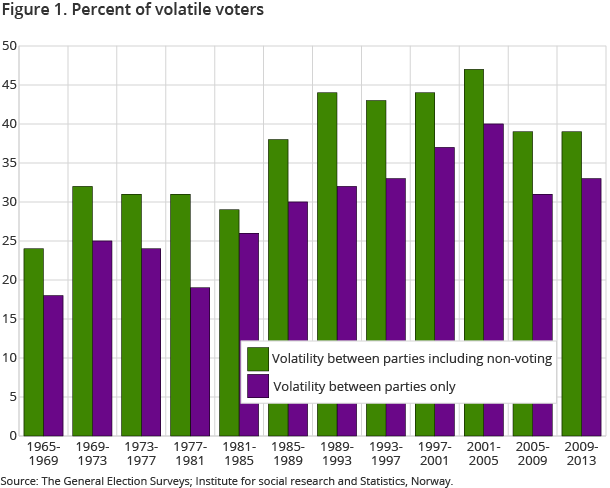One in three changed party
Published:
The General Election Survey shows that one in three changed party from the parliamentary election in 2009 to the general election in 2013, which is about the same level as in the last election. The turnout increased from 76.4 per cent in 2009 to 78.2 per cent in 2013.
- Series archive
- Storting election, election survey (archive)
The increase in turnout was greatest among first-time voters, with six out of ten first-time voters going to the polls in 2009 and seven out of ten in 2013. The women voted to a higher degree than men in the election, with 80 per cent of women finding their way to the polls compared to 77 per cent of men. Voter participation is highest among those with university or college degrees, at about 90 per cent, while turnout among those with secondary education was 79 per cent, and 65 per cent among those with only an elementary education.
Contact
-
Øyvin Kleven
-
Statistics Norway's Information Centre

